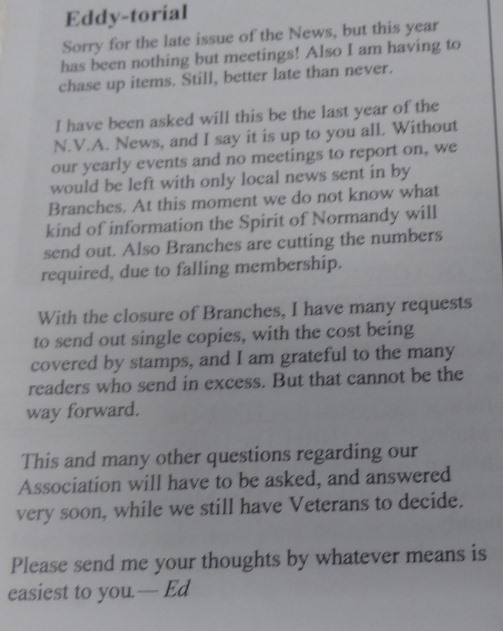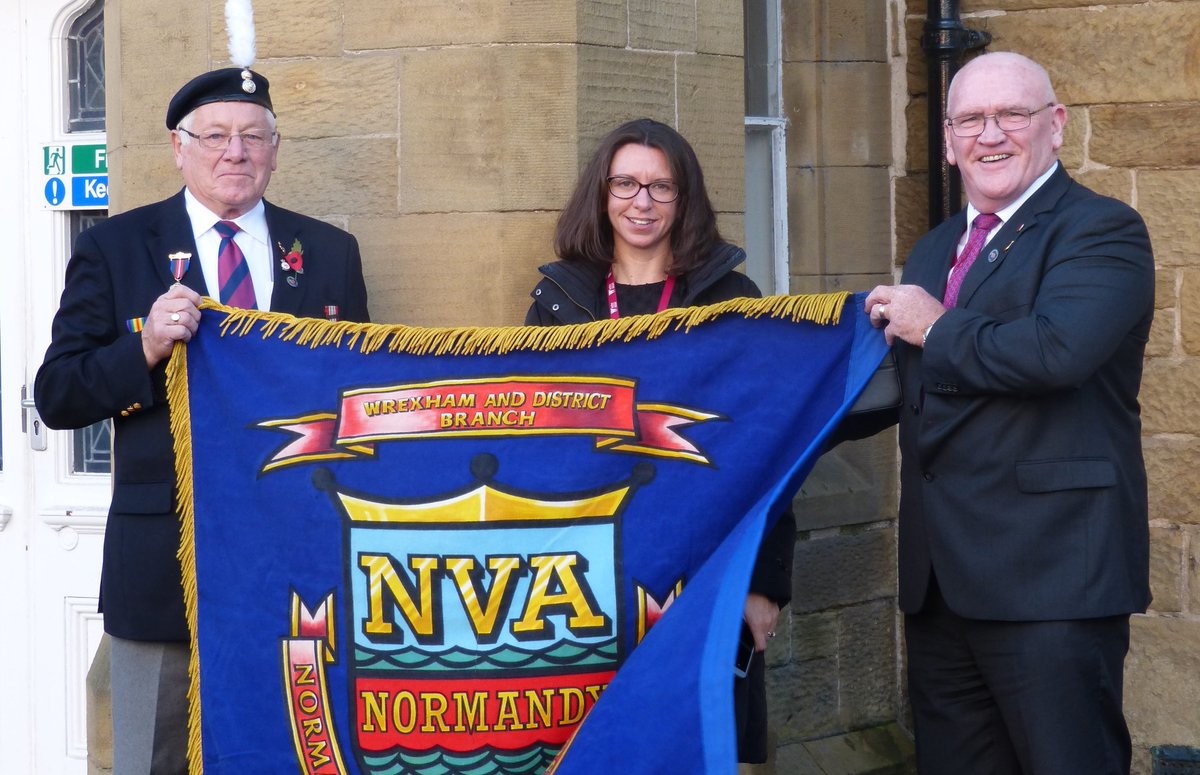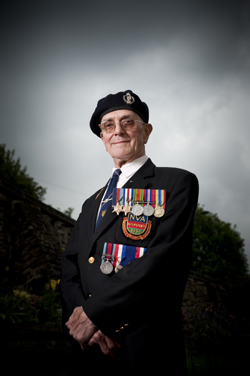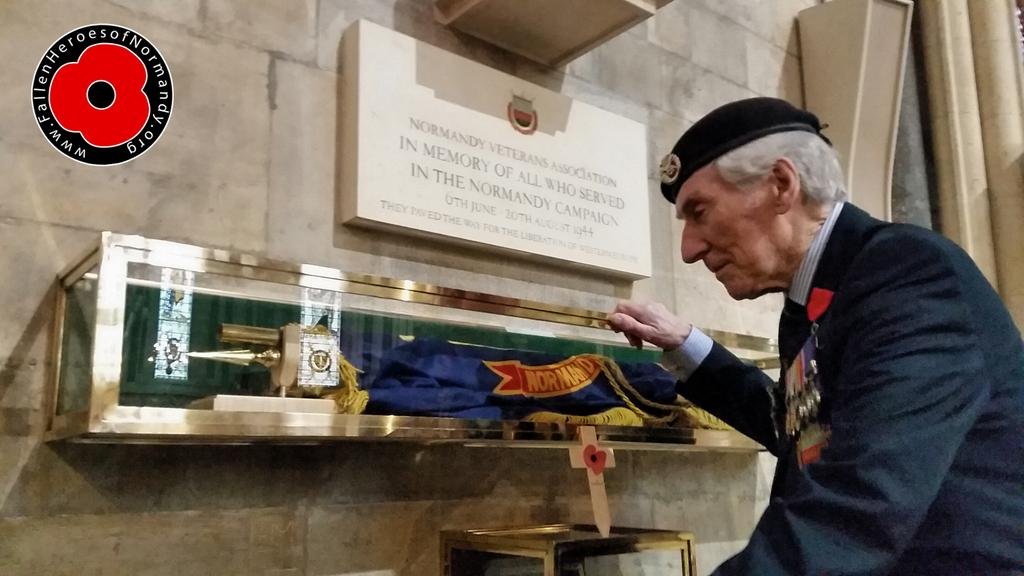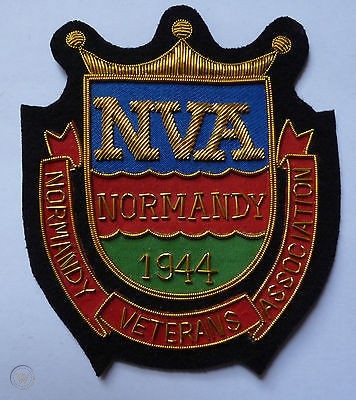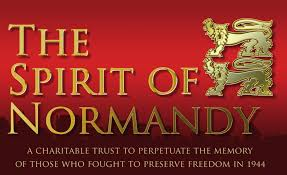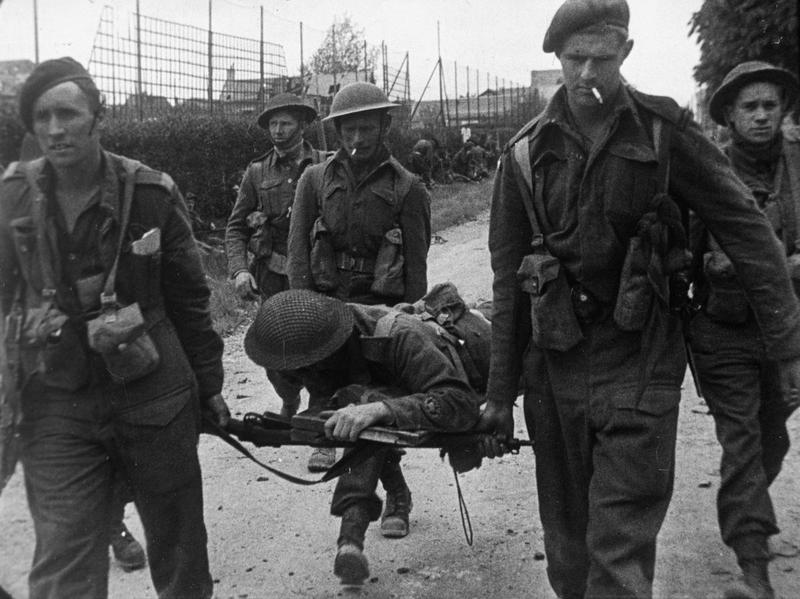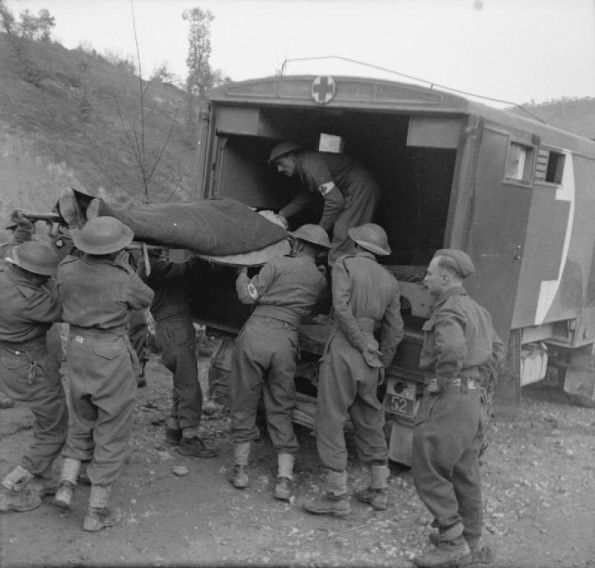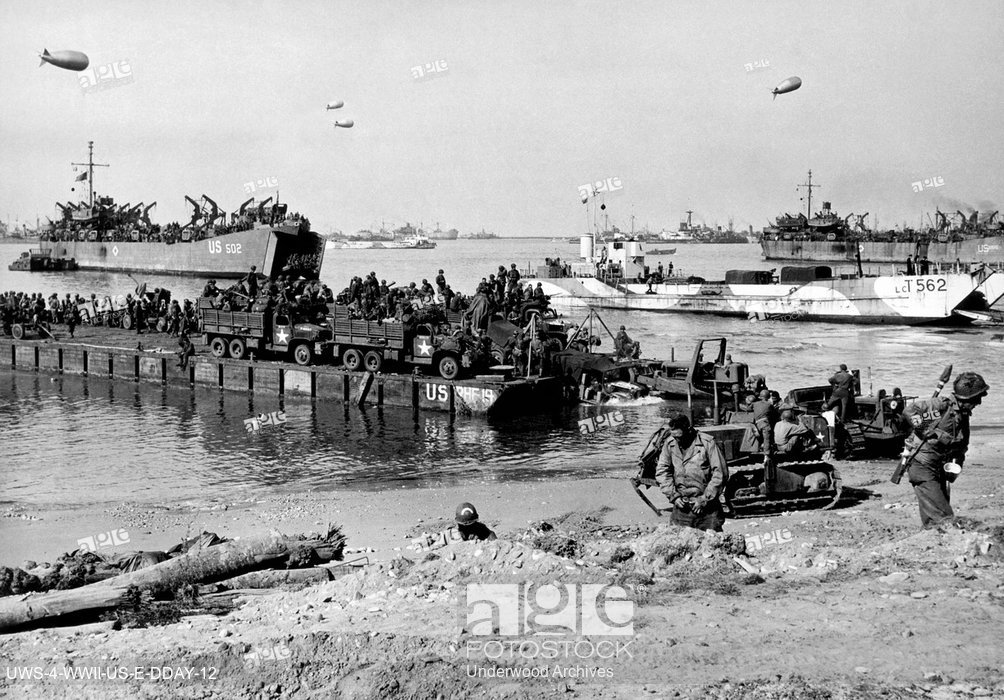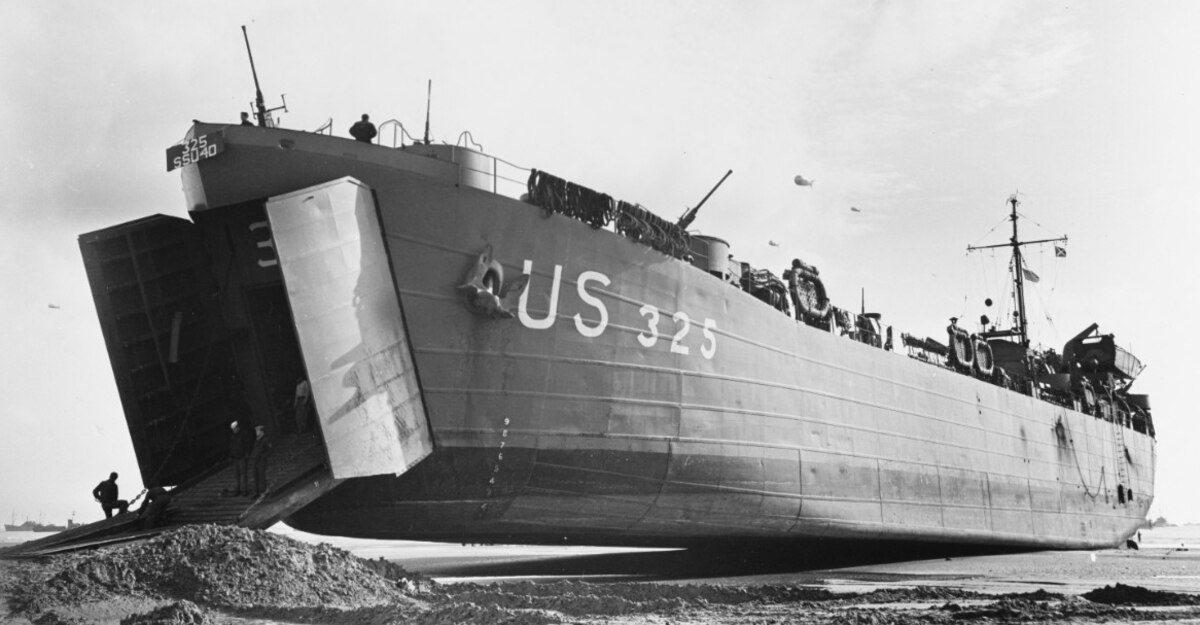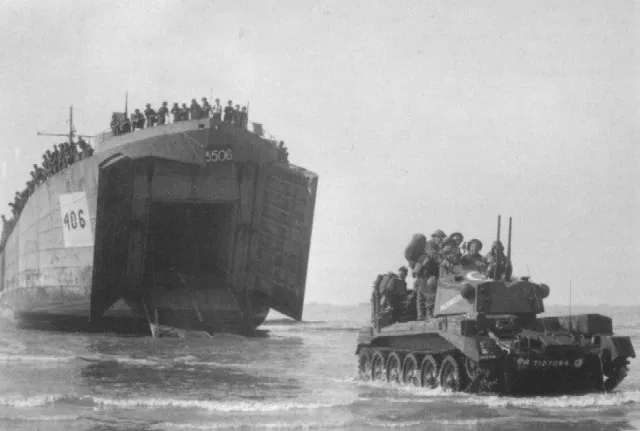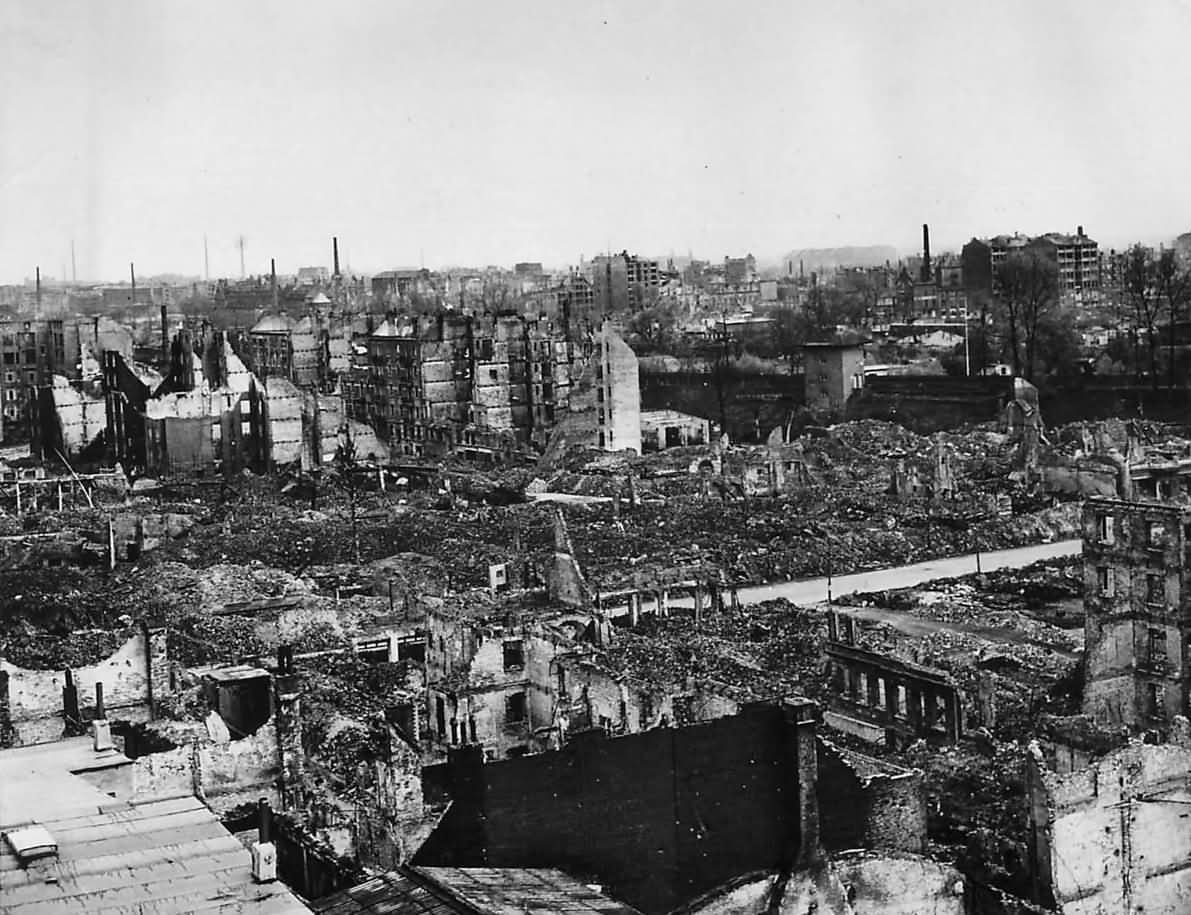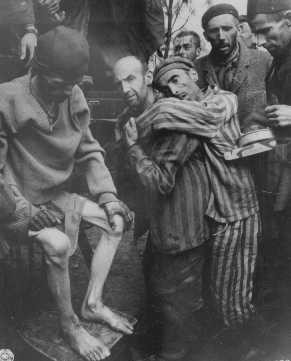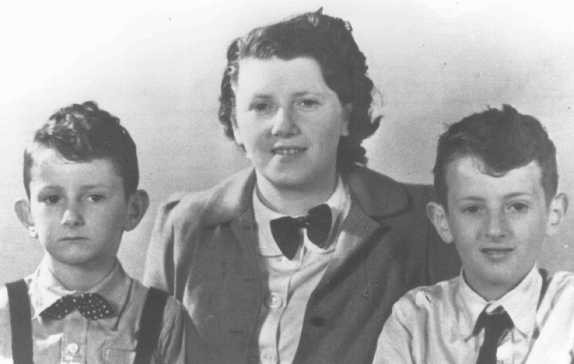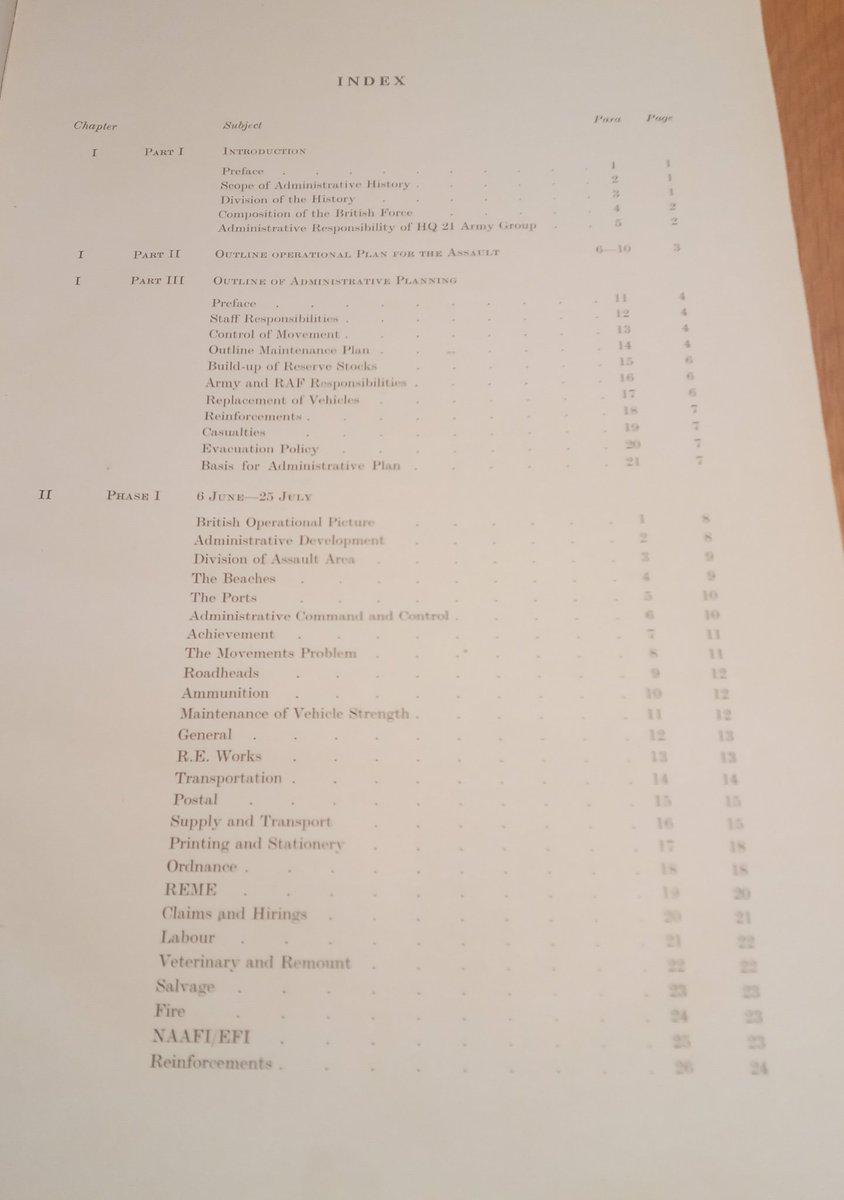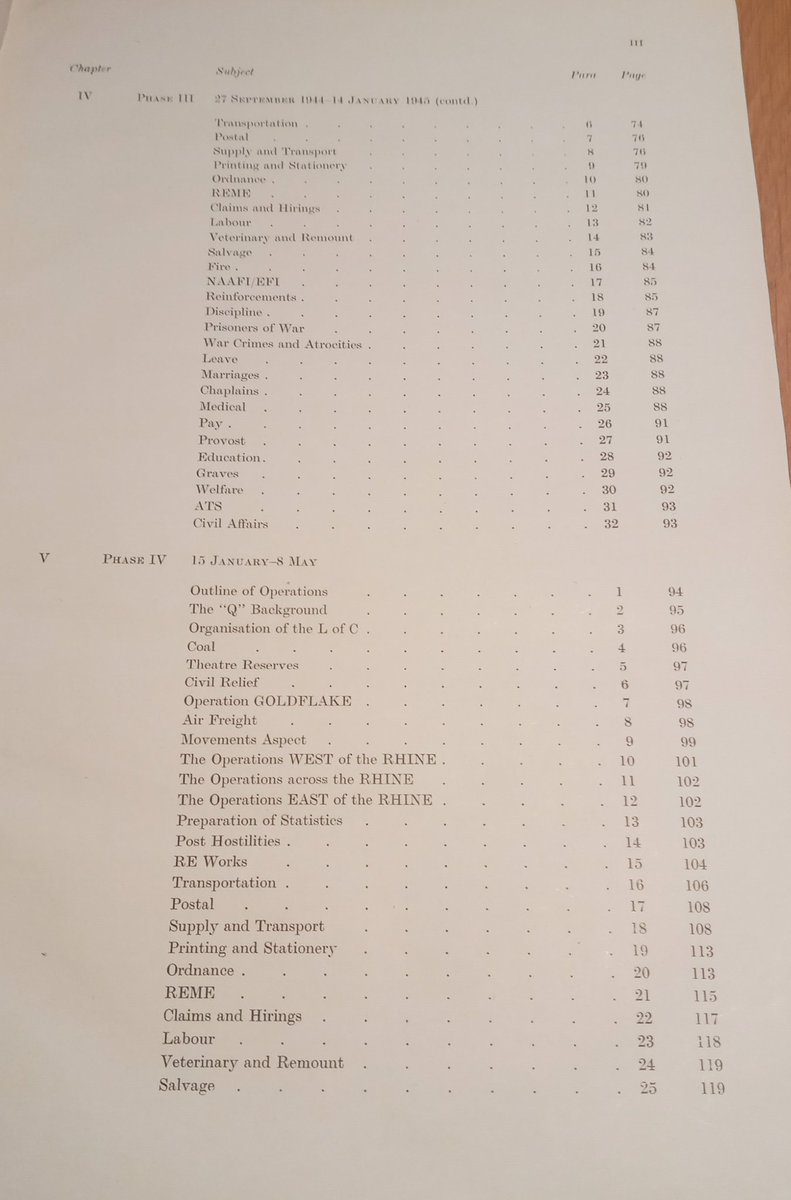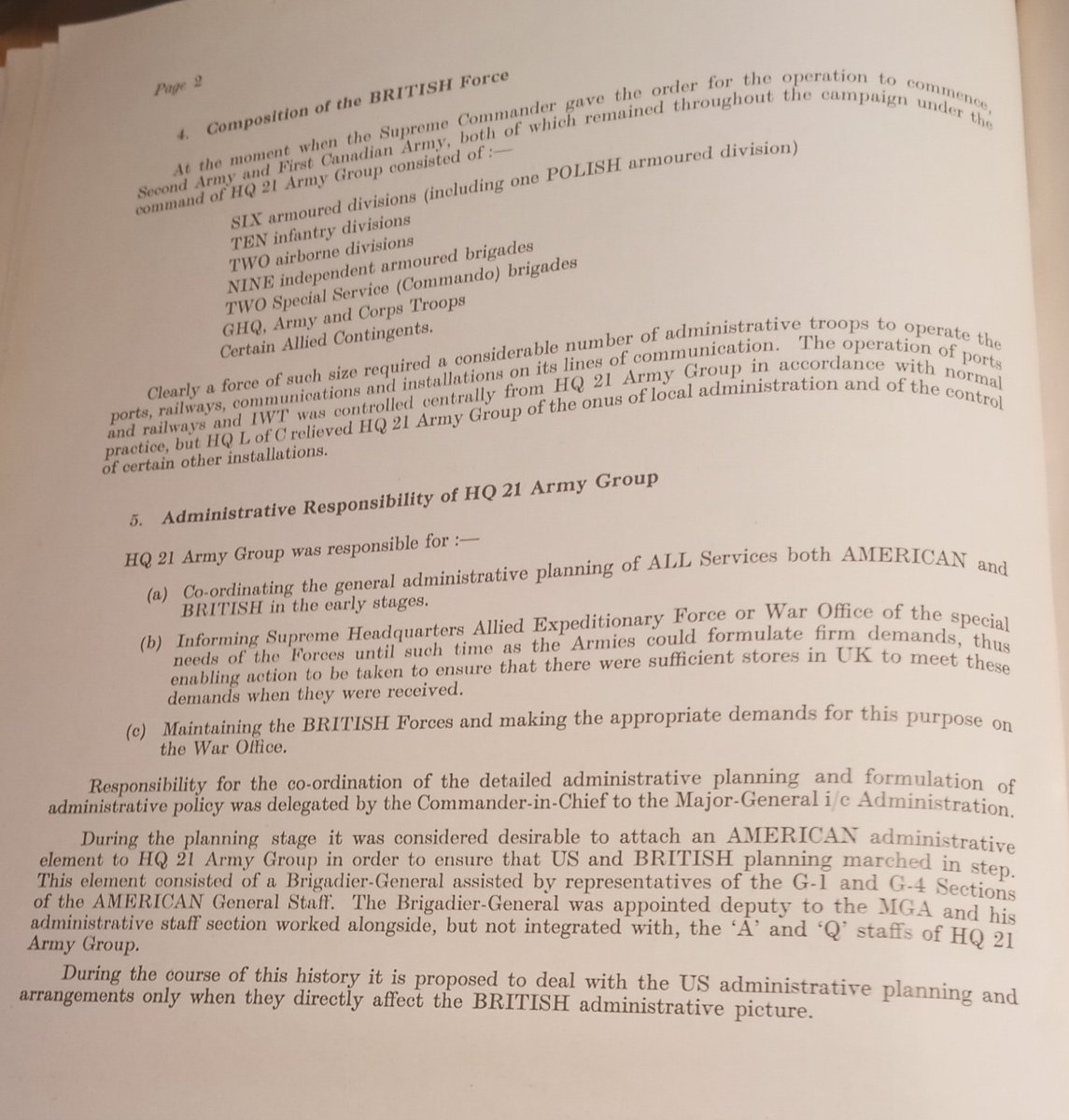
There is so much written about 12th SS-Panzer that it is *very* easy to cobble a book together on them.
It'd take me a few weeks to do, esp if you solely rely on secondary forces.
Their photo record is also extensive, making things *much* simpler. /1
#WW2 #SWW #History
It'd take me a few weeks to do, esp if you solely rely on secondary forces.
Their photo record is also extensive, making things *much* simpler. /1
#WW2 #SWW #History
https://twitter.com/mike_bechthold/status/1370154880946601985
One of the key problems in military history, and history in general, is that researching/writing on new topics is exhaustively time and resource intensive.
At one stage my book's comprehensive biography (pre-edits) was something like 60+ pages of A4 in Times New Roman 10. /2
At one stage my book's comprehensive biography (pre-edits) was something like 60+ pages of A4 in Times New Roman 10. /2

Hundreds upon hundreds of archival sources, tens of thousands of files within, and I suspect maybe a million pages of read material - before considering secondary sources.
Just to write a book about 53rd Welsh Division who were effectively erased from the Normandy campaign. /3
Just to write a book about 53rd Welsh Division who were effectively erased from the Normandy campaign. /3

I know others who have encountered similar challenges when writing on previously muted air, naval and land elements, which often involve many archives from several countries - before one considers the challenge of archival access.
Disproving others' books is mind numbing. /4
Disproving others' books is mind numbing. /4

You've got to dredge up the original archival material, cross reference it with the original and occasionally discover the author has mistranslated/misrepresented the source or put the original reference in, but clearly recycled the quote/fact from elsewhere. /5 

12th SS-Panzer is well served as a whole as they're damn prevalent in memoirs and literature in general, and again we have to ask how and why this happened.
Some historians will not have this conversation as it is deeply uncomfortable.
This is a problem. /6

Some historians will not have this conversation as it is deeply uncomfortable.
This is a problem. /6


I've done a lot of work on some of 12th SS-Panzer's later engagements, and purchased this book on the subject.
About £40 at the time.
At that price I hoped for proper study and exploration of the topic.
I was done in about three minutes.
Save your money.
It's shit. /7
About £40 at the time.
At that price I hoped for proper study and exploration of the topic.
I was done in about three minutes.
Save your money.
It's shit. /7

Images are also cheap and easy to use.
And by cheap, I mean EU Copyright Directive cheap - so free.
Due to a tsunami of images you are a muppet if you DON'T include images of 12th SS-Panzer.
Many shots are iconic and free to use, so be used they will. /8
And by cheap, I mean EU Copyright Directive cheap - so free.
Due to a tsunami of images you are a muppet if you DON'T include images of 12th SS-Panzer.
Many shots are iconic and free to use, so be used they will. /8

This stems from availability & past-publication friendly models in European, Canadian and American museums/archives.
A good number of these shots are bloody good propaganda and still convey much of the original meaning.
Have you read a book without AT LEAST 2 of these photos?/9



A good number of these shots are bloody good propaganda and still convey much of the original meaning.
Have you read a book without AT LEAST 2 of these photos?/9




So, the point I'm really making is that even before you consider wider secondary literature by fantastic historians - you can probably pull a book on 12th SS-Panzer together in a few months, guarantee brilliant sales - say the same as many others, at zilch risk.
Great reward./10
Great reward./10

This is one of the biggest problems in military history.
Many systems really punish new work, whether this is archive access limits, image fees, low document ordering numbers, expensive research material...
This increasingly relegating the subject back to an ivory tower. /11
Many systems really punish new work, whether this is archive access limits, image fees, low document ordering numbers, expensive research material...
This increasingly relegating the subject back to an ivory tower. /11

So the next time you wonder, "Why is there another book on this topic, I've seen it 50,000 times!!! It is also AWFUL and pushes LAZY tropes!!!"
It's because it's a cash cow.
Then when you question why we don't see more history exploring muted, diverse or... /12
It's because it's a cash cow.
Then when you question why we don't see more history exploring muted, diverse or... /12

challenging narratives, well...
Just simply too hard to bring to market.
And, frankly, museums et al don't really care for good history anymore. They claim to do so in pressers etc, but nicely phrased sentiments are not action.
Action is action. /thread
Just simply too hard to bring to market.
And, frankly, museums et al don't really care for good history anymore. They claim to do so in pressers etc, but nicely phrased sentiments are not action.
Action is action. /thread

• • •
Missing some Tweet in this thread? You can try to
force a refresh

